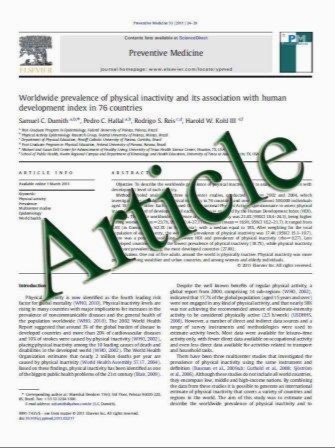Presence of glioma stroma mesenchymal stem cells in a murine orthotopic glioma model
- نوع فایل : کتاب
- زبان : انگلیسی
- مؤلف : Sang-Mok Kim & Seok-Gu Kang & Na-Ri Park & Hyun-Su Mok & Yong-Min Huh & Su-Jae Lee & Sin-Soo Jeun & Yong-Kil Hong & Chun-Kun Park & Frederick F. Lang
- چاپ و سال / کشور: 2011
Description
Purpose High-grade gliomas are closely related to the mesenchymal phenotype which might be explained by unorthodox differentiation of glioma cancer stem cells (gCSCs). We reasoned that other non-neural stem cells, especially mesenchymal stem cells (MSCs), might play a role in expresssing mesenchymal phenotype of high-grade gliomas. Thus we hypothesized that cells resembling MSCs exist in glioma specimens. Methods We created a mouse (m) orthotopic glioma model using human gCSCs. Single-cell suspensions were isolated from glioma specimens and cultured according to the methods for mMSCs or gliomaspheres. These cells were analyzed by fluorescence-activated cell sorting (FACS) for surface markers associated with mMSCs or gCSCs. Glioma stroma (GS)-MSCs were exposed to mesenchymal differentiation conditions. To decide the location of GS-MSCs, sections of orthotopic glioma models were analyzed by immunofluorescent labeling. Results GS-MSCs were isolated which were morphologically similar to mMSCs. FACS analysis showed that the GS-MSCs had similar surface markers to mMSCs (stem cell antigen-1 [Sca-1]+, CD9+, CD45-, CD11b-, CD31-, and nerve/glial antigen 2 [NG2]-). GS-MSCs were capable of mesenchymal differentiation. Immunofluorescent labeling indicated that GS-MSCs are located around blood vessels, are distinct from endothelial cells, and have features that partially overlap with vascular pericytes. Conclusions Our results indicate that cells similar to mMSCs exist in glioma specimens. The GS-MSCs might be located around vessels, which suggests that GS-MSCs may provide the mesenchymal elements of the vascular niche. GS-MSCs may represent non-neural stem cells that act as an important source of mesenchymal elements, particularly during the growth of gliomas.
Childs Nerv Syst (2011) 27:911–922 DOI 10.1007/s00381-011-1396-y Received: 7 January 2011 / Accepted: 13 January 2011 / Published online: 5 February 2011


